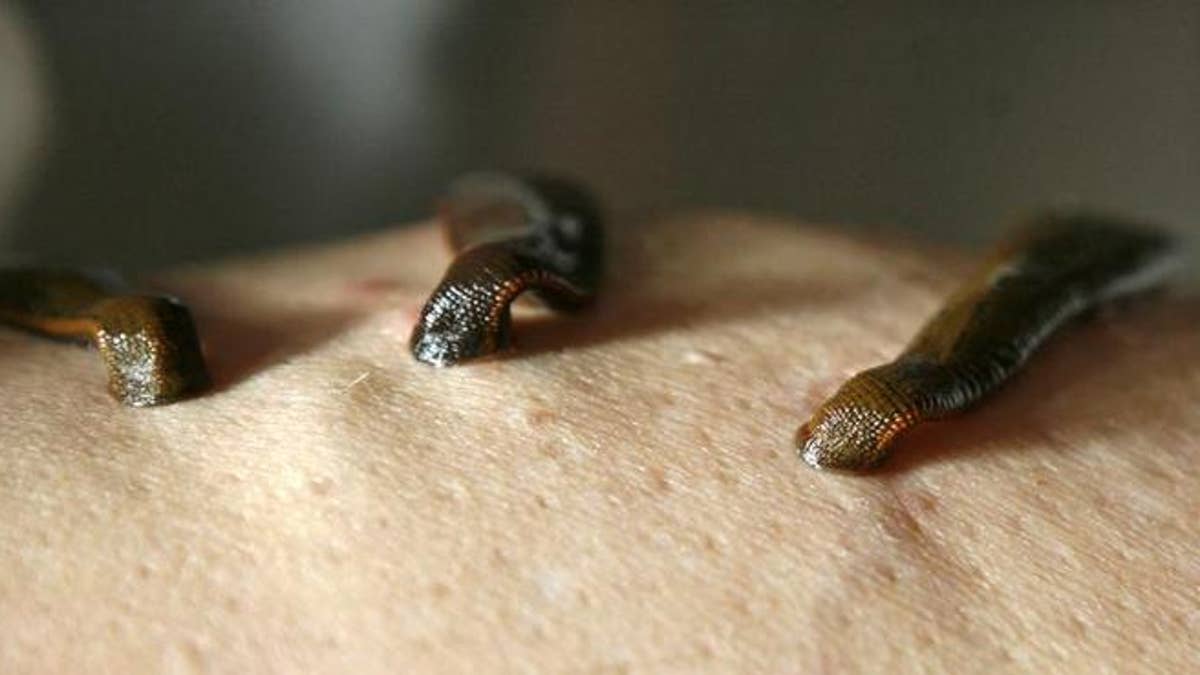
(Reuters)
Talk about stomach-turning: Recently, a study from the New England Journal of Medicine found that transplanting excrement from a healthy person into the gut of someone with an intestinal infection cured the infection more successfully than antibiotics did.
As disgusting as a fecal transplant sounds, it’s not the only appalling medical remedy some experts currently recommend to cure certain ailments.
Check out these six below—you won’t believe the seemingly effective things some docs suggest you put inside your body.
1. Yogurt to cure a yeast infection
Yogurt contains Lactobacillus acidophilus, a type of bacteria naturally found in healthy vaginas. Snagging yogurt’s body benefit, however, isn’t as simple as snacking on a cup of the fruity stuff. To ease and even cure the killer itching and burning, Dr. Mary Jane Minkin, clinical professor of Ob-Gyn at Yale University School of Medicine, suggests inserting a dab or two of plain, unsweetened yogurt containing live cultures inside the vagina just as you would insert drugstore-bought anti-yeast cream. This introduces the healthy bacteria on site where it can kill yeast more effectively.
MORE: How to Fix Below-the-Belt Issues
2. Hemorrhoid cream for reducing under-eye circles
Hemorrhoid creams soothe and shrink delicate rectal tissues by constricting blood vessels. Put a little under your eyes, and some dermatologists say it’ll work the same way, de-puffing eye bags and getting rid of dark circles around the thin skin of your under-eye area. That said, this is a home remedy that hinges on whether you can handle the smell, as hemorrhoid cream doesn’t exactly have the most fragrant odor.
MORE: 3 Beauty Tricks to Look Well-Rested
3. Maggots to heal a wound
This ancient remedy has experienced a resurgence in modern hospitals in the past decade, according to an article in the March 2009 issue of the Journal of Diabetes Science and Technology. That’s thanks in part to the rise of antibiotic-resistant bacteria finding their way into bed sores, post-surgical wounds, and foot ulcers commonly found in diabetics. How it works: Doctors place creepy, crawly fly larvae onto a patient’s wound. Immediately the squirmy maggots start feeding on bacteria-laden tissue, clearing it out and allowing healthy tissue to grow in.
4. Leeches for dissolving blood clots
It’s another old-school cure that modern docs are bringing back, CBS News reported last year. Leeches are slimy, eel-like critters usually found in lakes, where they attach themselves to a host and feed by leeching blood through your skin. To treat a blood clot or boost blood circulation in an injured body part, MDs might put one of these blood suckers on the skin for 15 or so minutes, where they bust clots and reestablish optimum blood flow. The FDA approved the sale of leeches for medicinal purposes in 2004, so at least docs don’t have to wade through ponds to find them.
MORE: Should You Be Worried About Blood Clots?
5. Horse urine for hot flashes
Short-term hormone-replacement therapy has helped many women deal with the discomfort of menopausal symptoms such as hot flashes. But the hormones in one type of HRT, known by the brand name Premarin, come from a pretty icky source: horse urine, specifically that of a pregnant mare, who produces excess estrogen in her urine.
6. Chia seeds to score nutrients
These are the gritty, unappetizing little seeds that when mixed with water and slathered on a terra cotta figure sprout into a green ‘fro of hair. Now they’re a trendy superfood, with nutritionists touting their high levels of antioxidants, omega-3 fatty acids, and fiber, according to an article in The New York Times. Native to Central and South America, the seeds are finding their way into stir-fry's, cereal, juices, even cookies.
MORE: 8 New Superfoods You Need to Try
Always check with your doctor before trying a new medical treatment.
